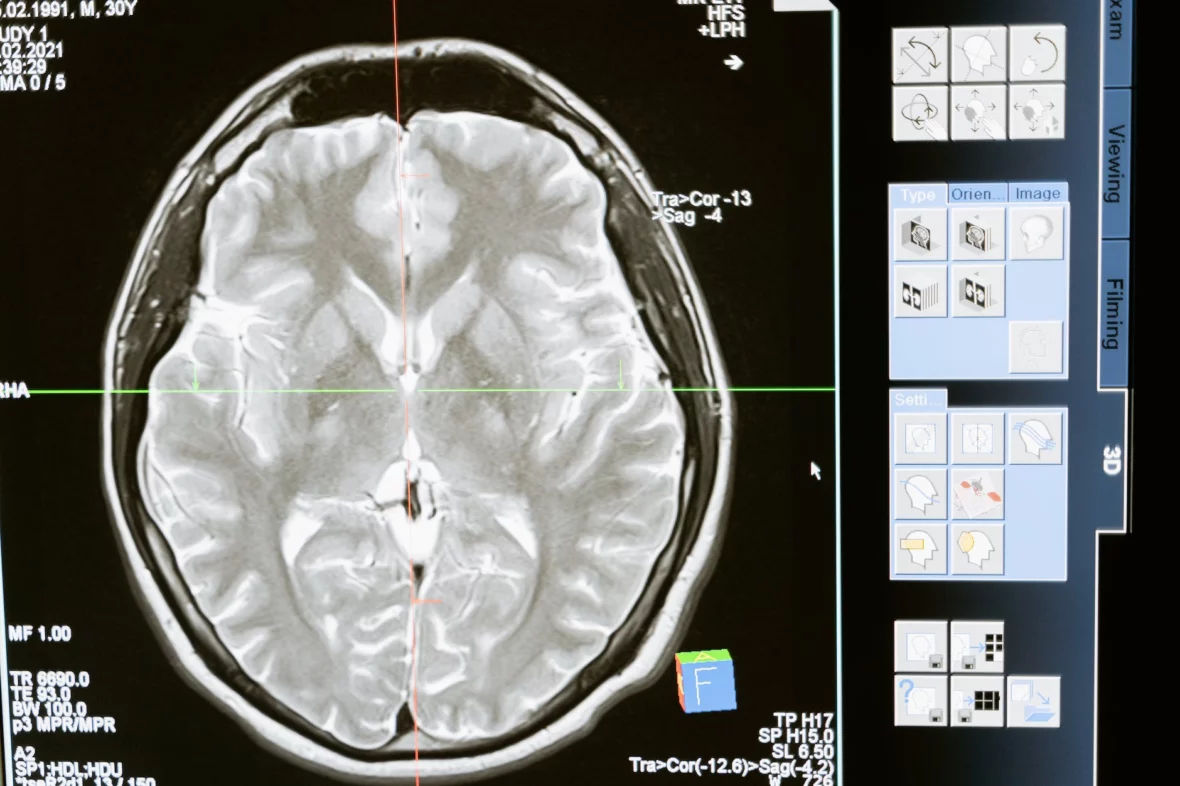Attention-Deficit/Hyperactivity Disorder (ADHD) is a complex neurodevelopmental disorder that affects both children and adults. It’s characterized by persistent patterns of inattention, hyperactivity, and impulsivity that interfere with functioning or development. But what sets an ADHD brain apart from a neurotypical one? Let’s delve into the science behind ADHD and explore the differences in brain structure, function, and chemistry.
Wiring Differences in the ADHD Brain
An ADHD brain isn’t wired the same way as a non-ADHD one. Specific differences in brain structure, function, and chemistry may be one possible cause of ADHD1. These differences can explain many of the symptoms and challenges experienced by those with ADHD, including difficulties with organizing, planning, focusing, and managing emotions1.
Neurotransmitter Levels and ADHD
One significant difference between an ADHD brain and a neurotypical brain is the level of certain neurotransmitters. Neurotransmitters are chemical messengers that transmit signals from nerve cells to other target cells in the body. In the case of ADHD, lower levels of dopamine and norepinephrine are often observed. These two neurotransmitters are closely linked, and their imbalance may be associated with the symptoms of ADHD, including inattention and impulsivity1.
Structural Differences in the ADHD Brain
The structure of the ADHD brain also tends to differ from a non-ADHD brain in several key areas:
- Frontal Cortex: This region regulates behavior, emotions, and attention. In ADHD, the frontal cortex may mature at a slower pace or show disrupted activity and connectivity.
- Limbic Regions: The limbic system influences emotions and motivation. Changes in this area due to ADHD can contribute to hyperactivity, inattention, and poorer decision-making.
- Basal Ganglia: Responsible for motor learning and the regulation of behavior, emotions, and the ability to plan, focus, and multi-task, changes in the basal ganglia due to ADHD can have significant impacts on an individual’s life1.
In addition to these specific areas, there are also differences in the default mode network (DMN) of the brain. In ADHD, the DMN, which activates when you’re daydreaming or not focused on a task or activity, is more often activated. This can lead to a feeling of constant distraction, pulling focus away from the task at hand towards unrelated thoughts1.
ADHD is a complex disorder that involves unique differences in the brain’s structure, chemistry, and networks. These differences can shed light on the symptoms and challenges experienced by individuals with ADHD. Understanding these differences is crucial for developing effective treatments and strategies for managing ADHD1.











